|
Getting your Trinity Audio player ready...
|
I motor-biked to Nai Harn beach over the hills and through the lanes. The scenic journey takes about thirty-five minutes from Kata Beach. On the way, I met a few elephants strolling along the road with their mahouts. Then a gibbon wandered into the path of an oncoming bus and sat like a political protester, in the middle of the road, refusing to budge. Not everyone knows about the plight of the gibbons in Thailand, the gibbon conservation center on Koh Phuket and the gibbon rehabilitation center program.
Endangered Gibbons in Thailand have been protected by the Gibbon Rehabilitation Project in Phuket since 1992. The aim is to repopulate the last remaining rainforest in Phuket and return Thailand’s most intelligent wildlife species, gibbon, back to where it was previously poached to extinction.
Charlie and Lamyai
I found out later that the gibbon who sat in the road was Charlie and that he and his wife, Lamyai, lived in the forest and visited the bar at the elephant trekking station most days around four o’clock. Charlie sat with the people while they were having a drink and sometimes he would steal a drink for himself.
He was very partial to Sprite but it wasn’t good for him. Lamyai spent her time annoying the elephants and stealing their bananas.
We just dropped in for a drink at six thirty and Lamyai was sat in a tree overhanging the motorbike parking area. I soon realised why. When I parked my bike she came down from the tree to see what she could pinch. She found a full bottle of orange juice on a motor-bike basket, grabbed it and shot back up the tree, took the top off and guzzled away.
The last of the Phuket gibbons
Charlie and Lamyai were believed to be the last of the wild gibbons on the island, since they were poached to extinction circa 1980.
After a beer or two I wandered off to the toilet. There was Lamyai on guard duty, sat between the Ladies and Gents leaning against the wall. I’m not sure but I think she was waiting for Charlie to come out of the Gents. I can’t quite get over how comfortable these two fascinating and beautiful wild animals were with humans.
Charlie would hold my hand and check every inch of skin on my arm for bugs and then gently lift my arm and give my armpit the once over. He was far more painstaking and conscientious than most dermatologists would be.
Gibbons as tourist attractions
I was unaware of the plight of the gibbons in Thailand. But I learned there were numerous gibbons being used as tourist attractions in Phuket. Paying to have a photo taken with a gibbon was akin to helping the touts to reduce the numbers of wild gibbons and cause more suffering to a beautiful animal.
The seventeen species of gibbons are classified as lesser apes, not monkeys. Their habitat is primarily the rainforests of South East Asia and they live on average 35 to 40 years.
Gibbons are important to the health and vitality of the rainforests in which they live. Therefore, their survival must be ensured far into the future. But Man endangers their existence by removing their habitat for development, and also increasingly, by hunting and supplying the illegal pet market.
The mother of every cute baby gibbon we see at a market had its mother shot dead by poachers. Her death destroys the family group forever.
Gibbon conservation center
At Bang Pae Falls in Khao Pra Thaew, is the last remaining forest of Phuket. There the Gibbon Rehabilitation center Phuket is doing a wonderful job for the plight of the gibbons in Thailand. It is making great strides towards filling the forests with gibbons again.
How wonderful that will be. Staffed by volunteers, they need all the help they can get. Along the 4025 you cross the intersection at Heroine’s Monument. There, join the 4027 heading North-East towards the gibbon rehabilitation centre Phuket and Bang-Pae Falls.
The Khao Phra Thaeo National Park is an area of dense forest, 390 metres above sea level at the highest point. A small area of the park is devoted to the rehabilitation of orphaned, injured and sick gibbons. Sadly these loveable, highly intelligent creatures have been hunted to extinction in Phuket.
But it’s wonderful to see the project is working. Once they are ready they are re-introduced to their natural habitat. It’s quite an eerie feeling walking through the forest and hearing their high pitched calls echoing all around you.
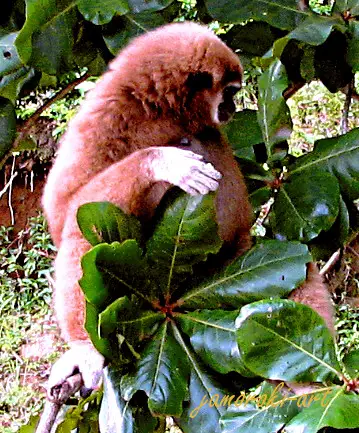

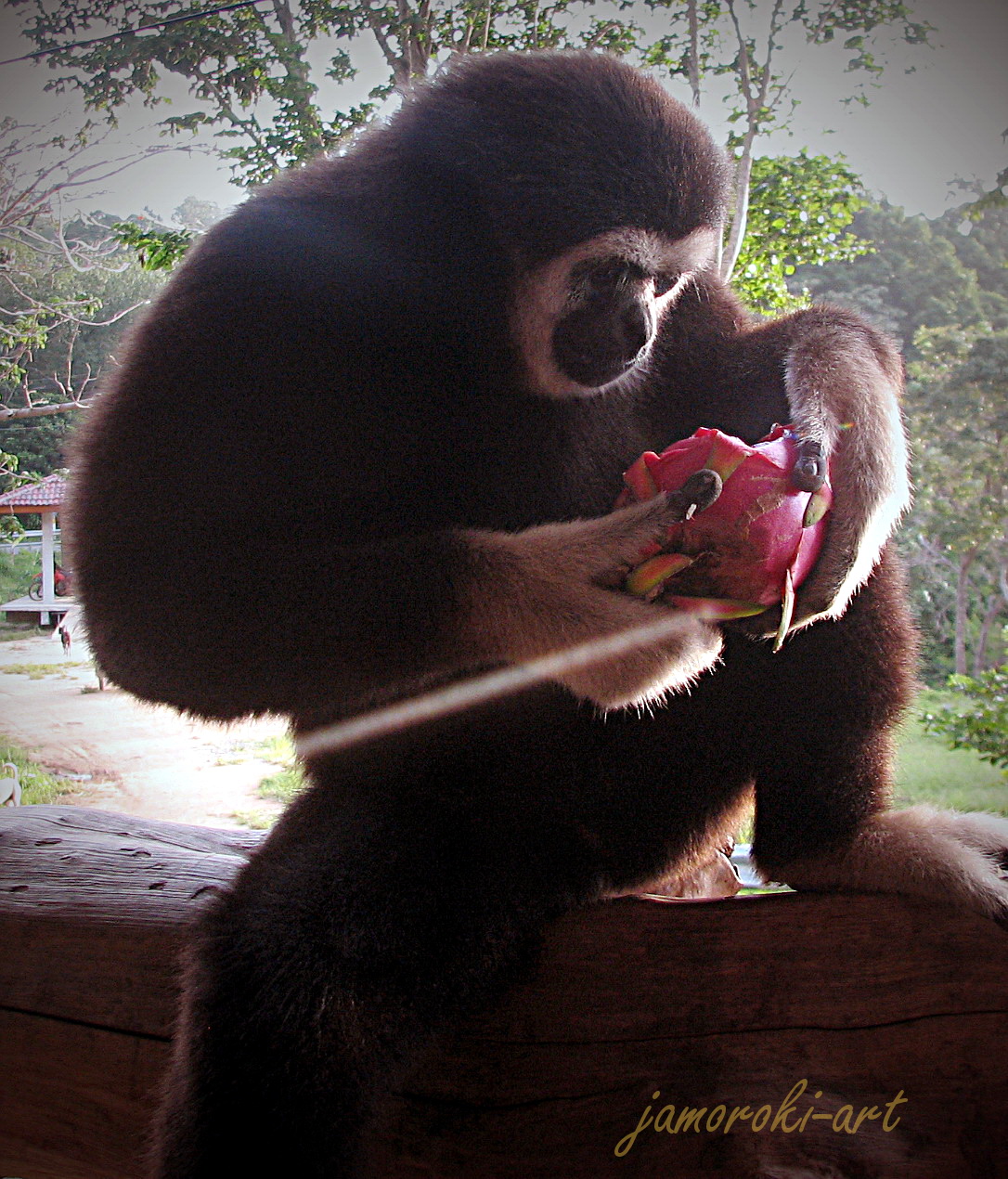

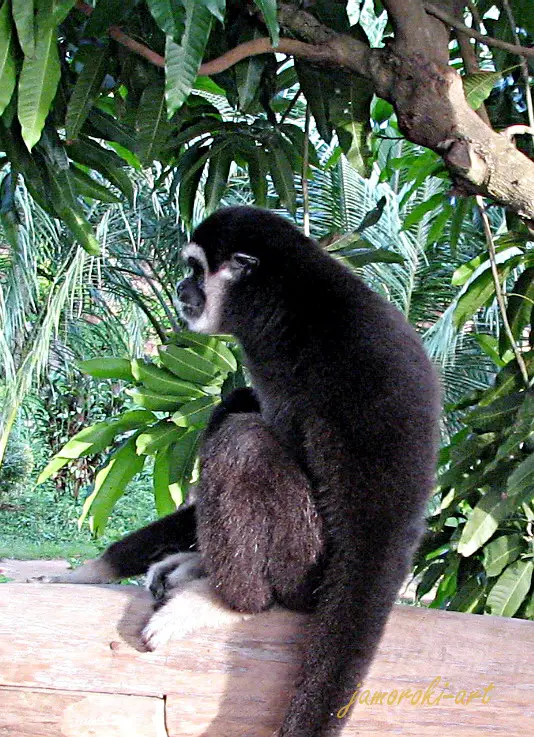
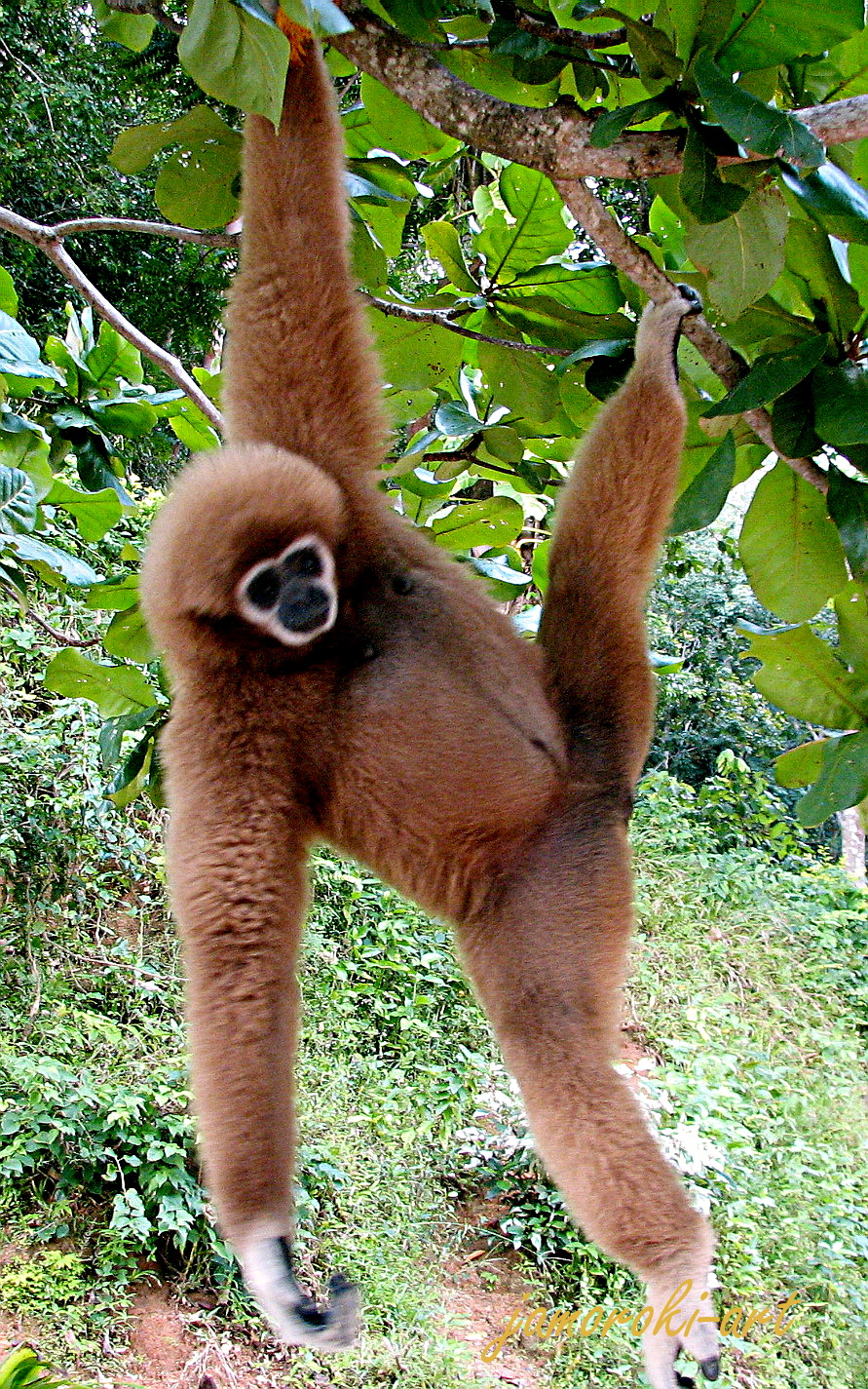
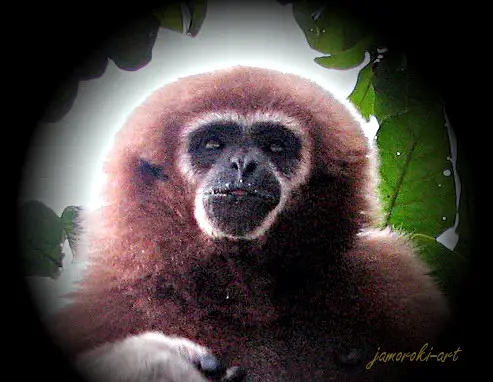
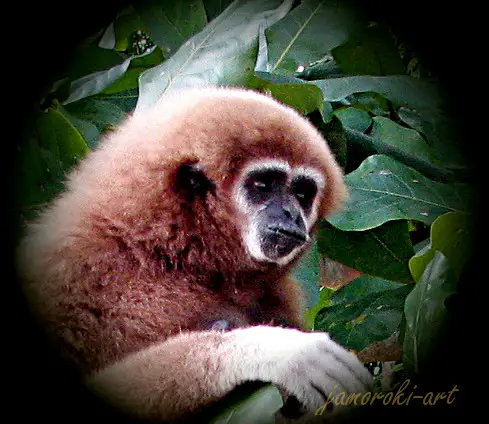
With a little understanding and awareness, we can all help to save the gibbon from extinction.
START NOW BY PROMOTING THIS POST.
Lamyai dies and Charlie goes to Phangna
Lamyai died in 2012. Maybe she was older than we thought. Gibbons display pair-bonding and are monogamous. The owners of the Elephant Trekking station were concerned that Charlie would pine as there were no other gibbons in the area. They took him to Phangna and released him into the forest. Hopefully, he has found some friends, and who knows, maybe a new mate.
The time I spent in the company of Charlie and Lam Yai was priceless. An experience I will never forget. I shall miss him, but he’s in the best place now, his natural habitat with other gibbons.
Other Wildlife posts you may like
Apart from the gibbons, I experienced the joy of rescuing a young common myna bird in a storm. I managed to save her and teach her how to fly. You may enjoy reading about it. How to teach a baby bird to fly.
There was also the incredible aerobatics of the swallow migration which I watched in awe.


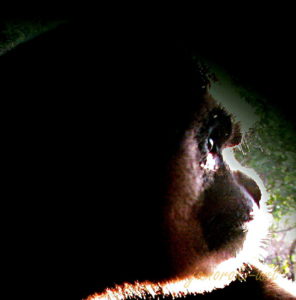
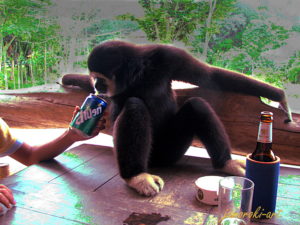


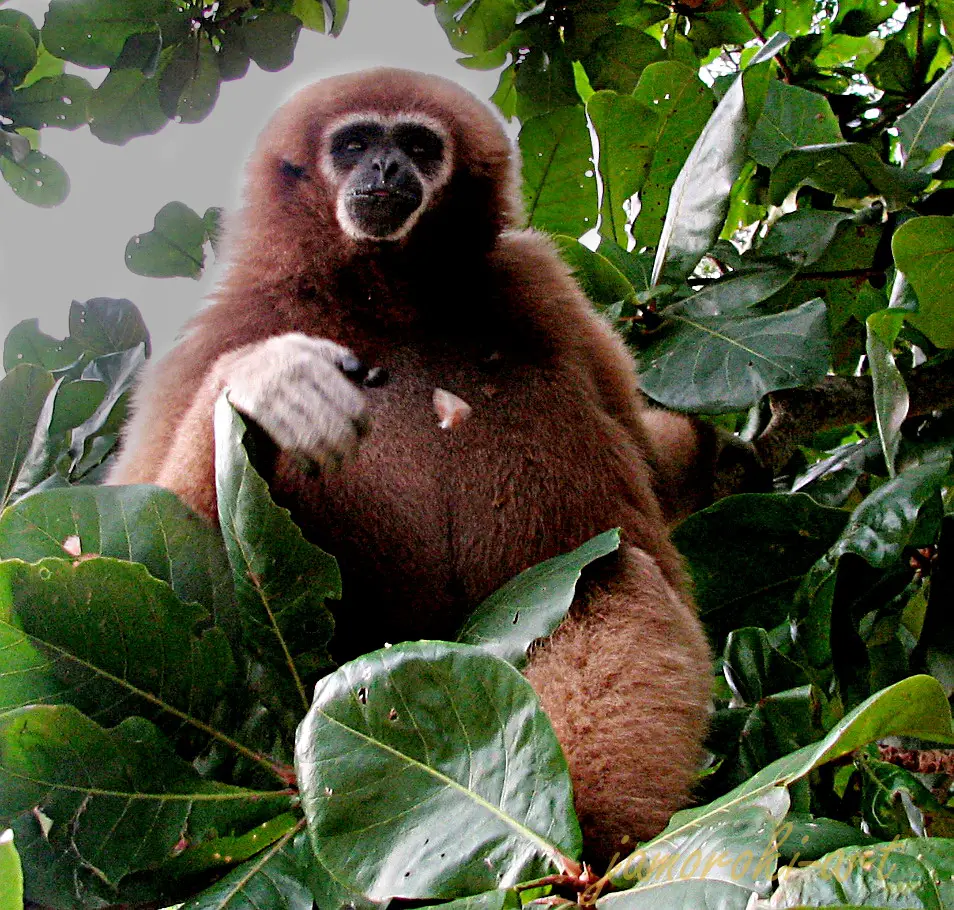

Reblogged this on SUAI and commented:
I hope all readers will share this post